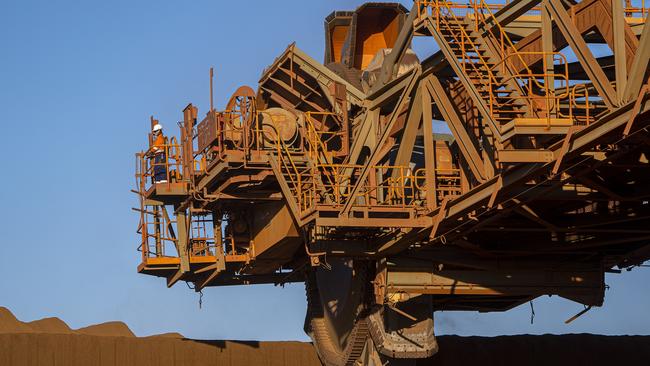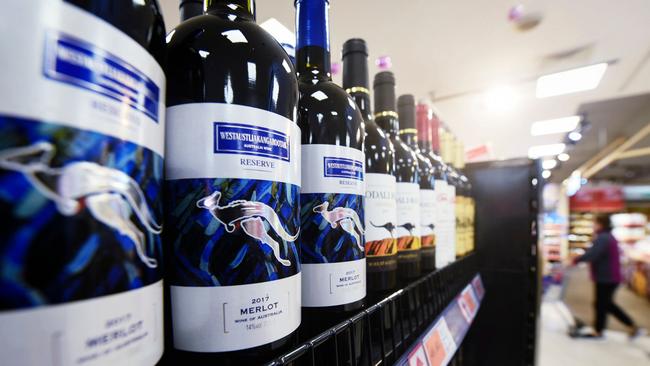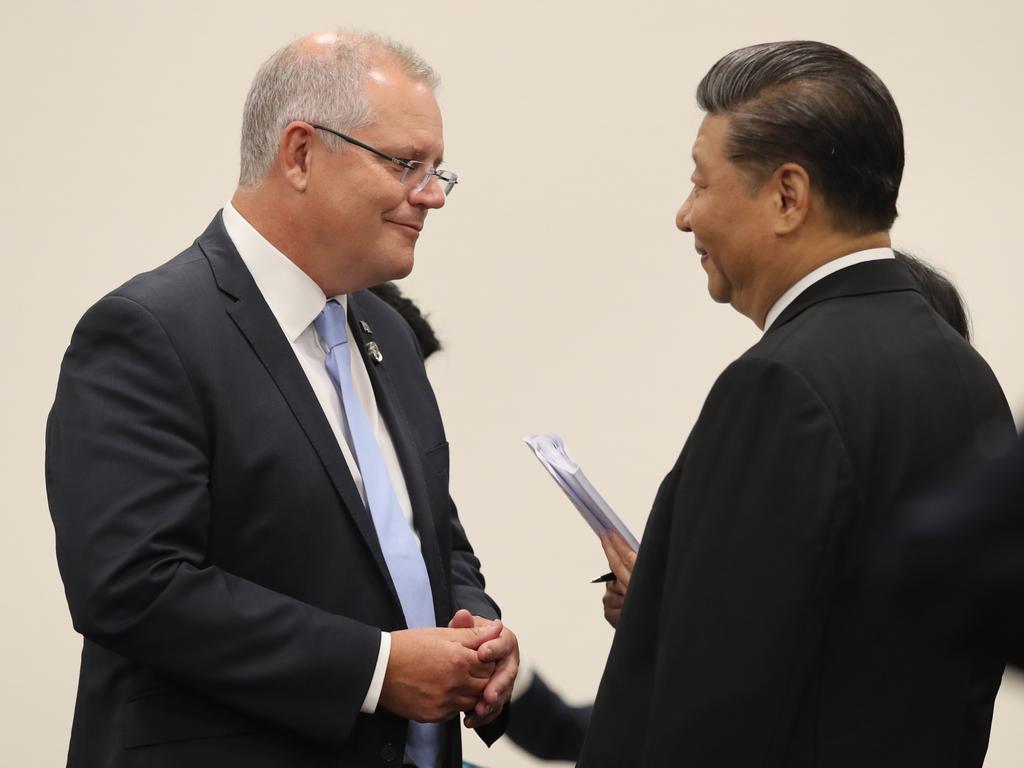Budget 2021: Upbeat trade outlook but no mention of China
The Morrison government has quietly played down the impact of its growing political tensions with its largest trading partner.

After years of budgets cashing in on economic benefits of the China boom, the Morrison government has quietly played down the impact of its growing political tensions with its largest trading partner.
Despite relations with China being at their lowest level ever — verging on poisonous – the budget paints an upbeat picture of an inward looking Australia which thinks it can have it all – or at least a lot more than many other countries.
The 2021-22 budget has the advantage of still benefiting from Australia’s continued strong trade with China, with iron ore smashing the $US200 a tonne barrier, directly boosting revenues and indirectly boosting the overall economy, and the full impact of the trade fall-off with China in other sectors only just materialising, allowing the Morrison government to maintain the short-term illusion that its bitter political fight with China has no economic cost.
Josh Frydenberg’s budget speech itself made no mention at all of China, reflecting a very different world where a once export-orientated country — which talked for years of riding the Asian economic boom and selling to its growing ranks of middle class — now boasts that closing its borders has underwritten its economic recovery.
In discussing the export outlook, the budget papers note briefly that: “While the ongoing trade restrictions from China have had significant impacts on specific firms and regions, many goods targeted by the restrictions have so far been successfully redirected to other export markets, with limited impacts on Australia’s overall economic recovery.”
The fact is that the total amount of exports to China have held up this year – so far.
Over the 12 months to March 2021, Australia has exported almost $150bn worth of goods to China – 40.2 per cent of our total exports, compared with only 11.2 per cent to our Indo Pacific QUAD buddy Japan.
Australia’s total exports have fallen by 5.1 per cent over the year, at time when exports to China fell by only 0.6 per cent.
But as James Laurenceson, the director of the Australia-China Relations Institute points out, “this is overwhelmingly an iron ore story while other sectors have been hit hard”.
The iron ore price boom – due to China’s stronger than expected economic growth, problems in rival iron ore suppliers in Brazil and multi billion dollar infrastructure spending stimulus measures around the world – has held up the figures for total exports to China.
This has significantly helped cushion the economic impact of the fall off in other export sectors such as tourism and international education as well as wine, barley, coal, beef and seafood.
The true economic impact of Chinese tariffs on the wine export sector, which was roaring along until the imposition of tariffs by China in November, are only just biting this year with the trade now having come to a screeching halt.
While exports of wine, barley, coal, LNG and beef have found other markets, the fact is that none are anywhere near as large and as lucrative as China with the China trade measures also impacting on world prices.
Economics is a backward looking science with the true effects of China political tensions on overall economic growth set to play out over the next few years.
The budget predicts that 2022 will see a reopening of Australia’s international borders with a return of overseas students and tourists.
While it is warning that there will be no quick return to pre-pandemic levels in these two sectors, the true long-term impact of the political tensions with China on these key sectors of the economy is yet to be seen.

The budget papers are based on the assumption that net exports have detracted one percentage point from the GDP figures in 2020-21, and will cost an estimated 0.25 per cent to GDP growth in 21-22 and minus 1.25 per cent in 2022-23.
These figures would be a lot worse if iron ore prices were at the budget assumption levels of $US55 a tonne.
As the Treasury warns in the budget papers “commodity prices remain a key driver of the terms of trade and the inherent volatility in commodity prices remains a key uncertainty in the outlook for nominal GDP”.
“Iron ore prices have remained elevated at around $US160 per tonne since mid-December 2020, due to strong Chinese demand and unresolved supply disruptions in Brazil.
“Treasury’s industry liaison suggests that in the near term, global iron ore supply is not expected to recover rapidly and the sustained demand for steel production is expected to drive iron ore demand.”
The budget is based on the conservative estimate that iron ore prices will fall to $US55 per tonne FOB by the end of the March quarter 2022.
The Treasury notes that “while Chinese restrictions have affected the price of some types of Australian coal, so far, most coal exports have been able to be redirected to alternative markets.”
“Consultation with market and industry participants, however, has highlighted that there is elevated uncertainty in the coal market, in particular around the duration of the Chinese restrictions on Australian coal, as well as around global environmental policies. “
In short, things on the trade front appear to be OK for the foreseeable future but who knows how long they will continue?
Which is probably why Morrison will want to call an election this year rather than risk the economic fall out from the deteriorating ties with China becoming more evident in 2022.
And as for India, seen by some as a potential source of trade diversification which could replace trade with China, the budget contains a provision of $37m for extra medical supplies to help the country in its time of dire need.
The talk that India is the next China economically and trade wise with Australia is now long gone.







To join the conversation, please log in. Don't have an account? Register
Join the conversation, you are commenting as Logout